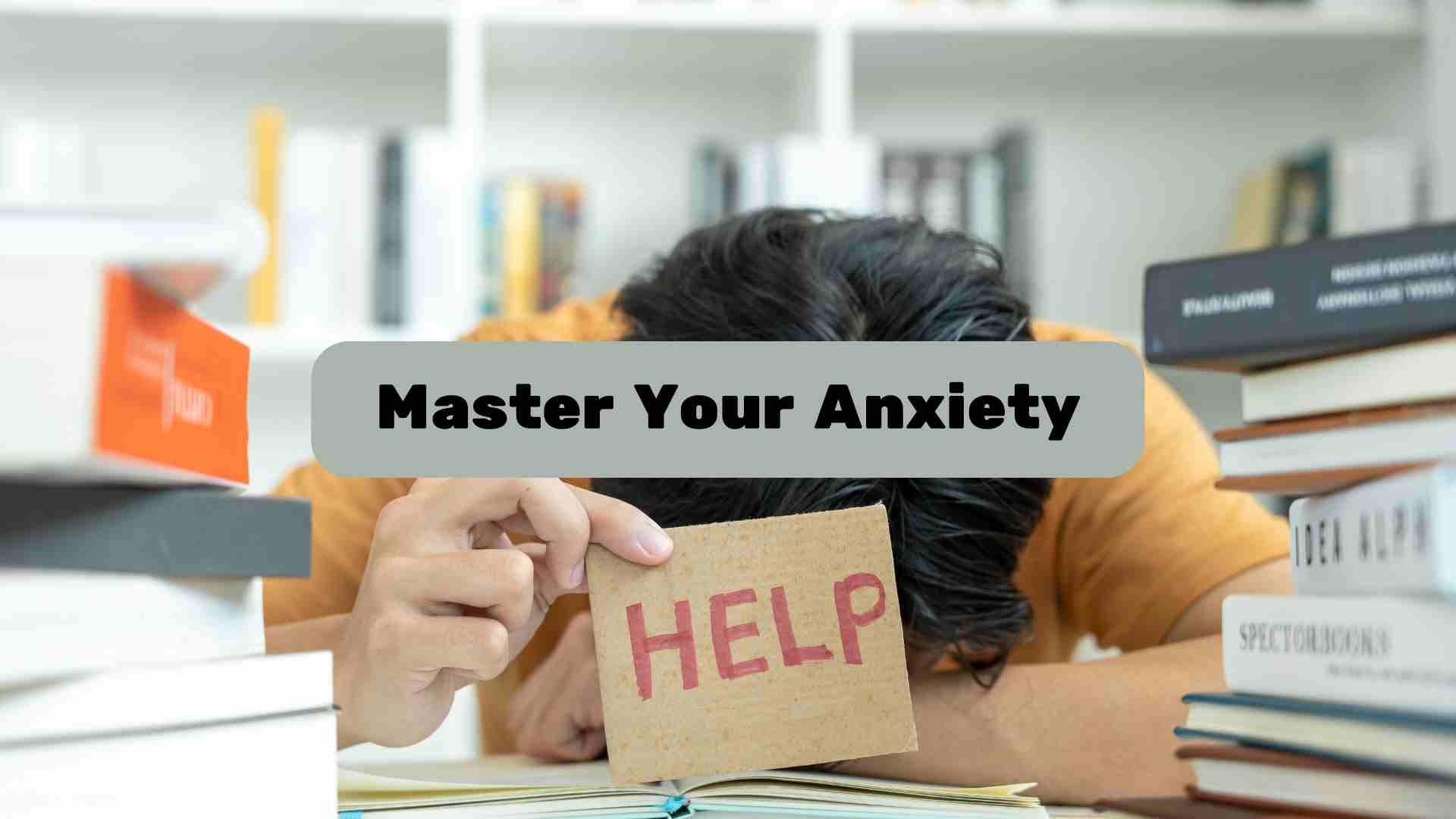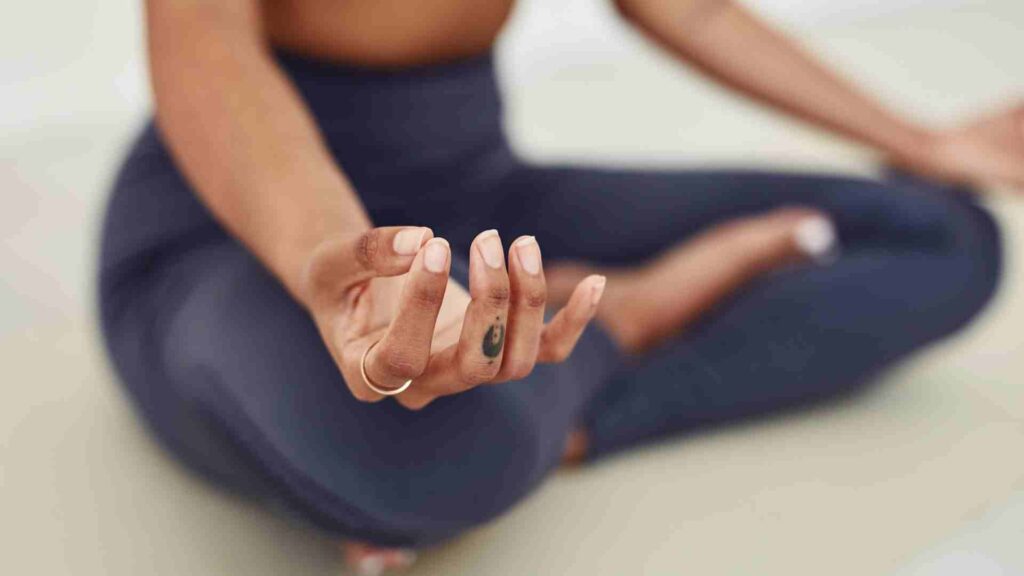
Anxiety is a common experience that affects many people, often triggered by specific situations or stressors unique to each individual. These triggers can range from social interactions to financial concerns, and recognizing them is a crucial first step in managing your anxiety effectively.
Understanding your triggers is essential because it allows you to develop strategies to face them directly or avoid them when necessary. This knowledge not only helps treating anxiety without medication but also empowers you to managing your triggers and reducing your episodes. By learning to identify and manage what sets off your anxiety, you can create a more balanced and calm approach to your daily life, helping to maintain your well-being.
This article explores effective strategies for managing anxiety, focusing on identifying triggers and implementing both immediate and long-term coping mechanisms. It discusses common anxiety triggers and offers practical techniques for recognizing these triggers. Additionally, the article outlines how to make environmental adjustments to reduce trigger exposure and introduces preventative strategies to lessen their impact.
Common Triggers of Anxiety
Understanding common triggers of anxiety can help you pinpoint the sources of your stress and take steps to manage them. Here are several widespread anxiety triggers with explanations of how they might affect you:
- Social Situations: The fear of being judged, not knowing what to say, or feeling out of place can make social events stressful. This type of social anxiety isn’t just about large gatherings; even small groups or one-on-one interactions can be daunting.
- Work Stress: The pressures of meeting deadlines, achieving targets, handling workplace conflicts, or making presentations can trigger anxiety. This stress can become chronic, affecting your ability to concentrate, perform, and enjoy your job.
- Financial Worries: Anxiety over finances often arises from the fear of not having enough money to cover expenses or emergencies. This can be triggered by debt, unexpected financial obligations, or instability in your income.
- Health Concerns: Worrying about health, whether it’s a specific diagnosis, symptoms of an unknown condition, or general wellbeing, can be a profound source of anxiety. Health anxiety can lead to excessive worrying that disrupts daily life.
- Relationship Issues: Difficulties in personal relationships, whether with family, friends, or partners, can lead to significant anxiety. Issues like trust, communication breakdowns, or fear of abandonment can be triggers.
- Academic Pressure: For students, pressure to perform academically, fear of failure in exams, or workload stress are common triggers. This anxiety can affect their educational performance and overall mental health.
- Life Transitions: Major life changes, such as moving to a new city, starting a new job, or going through a divorce, often bring about anxiety. The uncertainty and need to adapt to new circumstances can be very stressful.
- Public Speaking: The fear of speaking in front of others can trigger anxiety in many people. This may involve presenting ideas in a meeting, giving a speech at an event, or even speaking up in a group setting.
- Performance Pressure: This can occur in various settings, from the professional (being judged or evaluated at work) to the personal (feeling the need to meet social or family expectations).
- Travel Anxiety: The unpredictability associated with traveling—such as flying, dealing with new environments, or fearing loss of control—can trigger anxiety.
By identifying which of these common triggers affect you, you can start to develop coping strategies that reduce their impact on your daily life.

Techniques for Recognizing Personal Triggers
Effectively managing anxiety involves first recognizing what specifically triggers it. Here are several methods to help you identify and understand your personal anxiety triggers:
- Journaling:
- What It Involves: Keep a daily diary where you note when you feel anxious and what is happening at that moment.
- Benefits: This helps you spot patterns and connections between your activities and your anxiety levels. Over time, you can begin to predict situations that trigger your anxiety, allowing for better preparation and management.
- Mindfulness-Based Stress Reduction (MBSR):
- What It Involves: Engage in practices that encourage you to observe your present feelings and surroundings without judgment. Techniques include focused breathing, guided imagery, and meditation.
- Benefits: Mindfulness increases your awareness of the bodily sensations and thoughts that accompany anxiety. This heightened awareness helps you identify triggers as they occur, giving you the chance to steer your response in a more positive direction.
- Feedback from Therapy:
- What It Involves: Work with a therapist who can provide professional insights into your anxiety patterns. Therapy sessions might include cognitive-behavioral therapy (CBT), which specifically aims to change thought patterns.
- Benefits: A therapist can offer an objective view on your anxiety triggers, many of which you might not have recognized. They also provide strategies tailored to your specific needs, helping you manage and potentially reduce the power of these triggers.
- Biofeedback:
- What It Involves: Use electronic devices to measure body functions like heart rate and muscle tension. This method often requires professional guidance to interpret the data.
- Benefits: Biofeedback helps you understand how your body reacts to stress and anxiety. With this knowledge, you can learn to control these physiological responses, reducing the impact of anxiety triggers.
- Behavioral Experiments:
- What It Involves: Deliberately expose yourself to a trigger in a controlled environment or change your usual response to a trigger to see what happens.
- Benefits: This technique can demystify and desensitize your reactions to triggers. It’s particularly useful in therapy settings where the environment is safe and reactions can be monitored.
These techniques not only aid in recognizing what triggers your anxiety but also equip you with knowledge and skills to tackle anxiety proactively. By understanding your triggers, you’re better prepared to handle them in everyday situations.
Environmental Adjustments to Reduce Exposure to Known Triggers
Making changes to your environment can also play a crucial role in managing your anxiety.
- Create a Safe Space: Establish a physical space that feels safe and calming where you can go to relax and feel secure. This might be a particular room in your home or a spot in your garden.
- Limit Exposure to Stressful Media: Reduce the time spent consuming news or social media that may increase your anxiety. Be mindful of the content that influences your mood and stress levels.
- Organize and Declutter: A cluttered or chaotic environment can contribute to anxiety. Organizing your living or work space can help you feel more in control and less overwhelmed.
- Use Calming Elements: Incorporate elements into your environment that help reduce stress, such as soothing music, aromatherapy, or comfortable furniture.
- Set Boundaries: Learn to set healthy boundaries with people who trigger your anxiety. Communicate your needs clearly and assertively without feeling guilty.
By combining cognitive-behavioral techniques to change your response to anxiety triggers and making thoughtful adjustments to your environment, you can significantly improve your ability to manage anxiety. These strategies empower you to control both your internal reactions and your external circumstances, leading to a more balanced and manageable experience of anxiety.

Preventative Strategies to Reduce Trigger Impact
To effectively manage anxiety, preventative measures can be as important as reactive ones. By establishing routines and incorporating relaxation techniques, you can reduce the frequency and intensity of anxiety triggers.
Routine Building to Foster a Sense of Predictability and Security
Building a consistent daily routine can significantly reduce anxiety by creating a predictable and secure environment. Here’s how to implement this strategy:
- Establish Regular Sleep Patterns: Prioritize getting a regular amount of sleep at the same times each day. Sleep is crucial for emotional regulation and stress management.
- Set Consistent Meal Times: Eating at regular intervals helps maintain blood sugar levels, reducing mood swings and irritability that can trigger anxiety.
- Schedule Daily Activities: Plan your day in advance, including work, leisure, and relaxation activities. Knowing what to expect can help alleviate the stress of unpredictability.
- Include Regular Exercise: Incorporate a set time for physical activity into your routine. Exercise is a natural anxiety reliever, thanks to the endorphins it releases.
- Allocate Time for Self-Care: Ensure that your routine includes periods for activities that you enjoy and that relax you, such as reading, gardening, or crafting.
- Try Biohacking techniques: Biohacking involves using science and technology to make your body function better and more efficiently. This approach can range from implementing simple lifestyle adjustments based on scientific insights to using advanced gadgets like sleep trackers or glucose monitoring devices to fine-tune bodily functions and optimize health outcomes
- Incorporate Neurostimulation Devices: Neurostimulation devices offer a cutting-edge way to potentially manage and reduce anxiety through direct stimulation of neural pathways. tDCS devices have been researched for their potential to alleviate depression and anxiety by altering neuronal activity. It’s a tool that can be used at home under proper guidance to potentially reduce symptoms of anxiety.
Relaxation Techniques Like Yoga, Meditation, and Deep Breathing Exercises
Implementing relaxation techniques into your daily routine can help manage physiological symptoms of anxiety. Here are some effective methods:
- Yoga: Practicing yoga combines physical postures, breathing exercises, and meditation, which together can enhance your physical flexibility and mental resilience against anxiety.
- Meditation: Regular meditation helps focus the mind and reduces overthinking and worry. Start with just a few minutes each day and gradually increase the duration.
- Deep Breathing Exercises: Techniques like diaphragmatic breathing or the 4-7-8 breathing method can calm the nervous system and reduce anxiety quickly during high-stress moments.
- Progressive Muscle Relaxation (PMR): This technique involves tensing and then relaxing different muscle groups in the body. It can help you become more aware of physical sensations and aid in releasing tension.
- Guided Imagery: Use calming visuals or audio guides to imagine a peaceful scene or narrative. This can divert your mind from anxiety-inducing thoughts and promote relaxation.
By incorporating these preventative strategies, you can create a buffer against anxiety triggers and reduce their impact. Routine building helps maintain a baseline of stability and security, while relaxation techniques provide tools to manage anxiety as it arises.
Seeking Support From Peers, Family, or Support Groups
Building a support network is another vital long-term strategy for managing anxiety triggers:
- Open Communication: Foster open communication with friends and family about your anxiety. Sharing your experiences can help you feel less isolated and more supported.
- Join Support Groups: Participate in support groups where you can meet others who understand what you’re going through. These groups provide a platform for sharing strategies and encouragement.
- Professional Help: Consider ongoing counseling or therapy. A mental health professional can offer continued support and guidance tailored to your specific needs.
- Community Engagement: Engage in community activities or volunteer work. Being part of a community can enhance your sense of belonging and purpose, which can mitigate feelings of anxiety.
- Educate Your Circle: Educate your close circle about anxiety and how they can support you. Understanding anxiety can make them better allies in your management efforts.
Implementing these long-term strategies can help you build a foundation of resilience that reduces the overall impact of anxiety triggers in your life. By enhancing your physical health, fostering a supportive network, and engaging in fulfilling activities, you can significantly improve your ability to manage anxiety effectively.

Conclusion
In conclusion, managing anxiety effectively requires a comprehensive understanding of both the triggers and the strategies to mitigate their impact. By identifying what specifically provokes anxiety, whether through personal reflection or professional help, individuals can tailor their approach to handle these triggers proactively. Techniques such as cognitive-behavioral therapy, mindfulness, and environmental adjustments play a crucial role in empowering individuals to control their responses and create a more stable, anxiety-free environment.
Furthermore, building resilience through routine and physical health, along with cultivating a supportive network, are essential for sustaining long-term improvements. These strategies ensure that individuals are not only equipped to deal with immediate anxiety triggers but are also prepared to maintain their mental well-being in the face of future challenges. Adopting these practices can lead to a more balanced life, marked by greater emotional regulation and an enhanced ability to navigate the complexities of anxiety.
